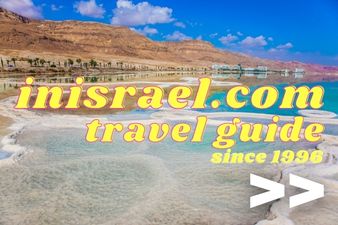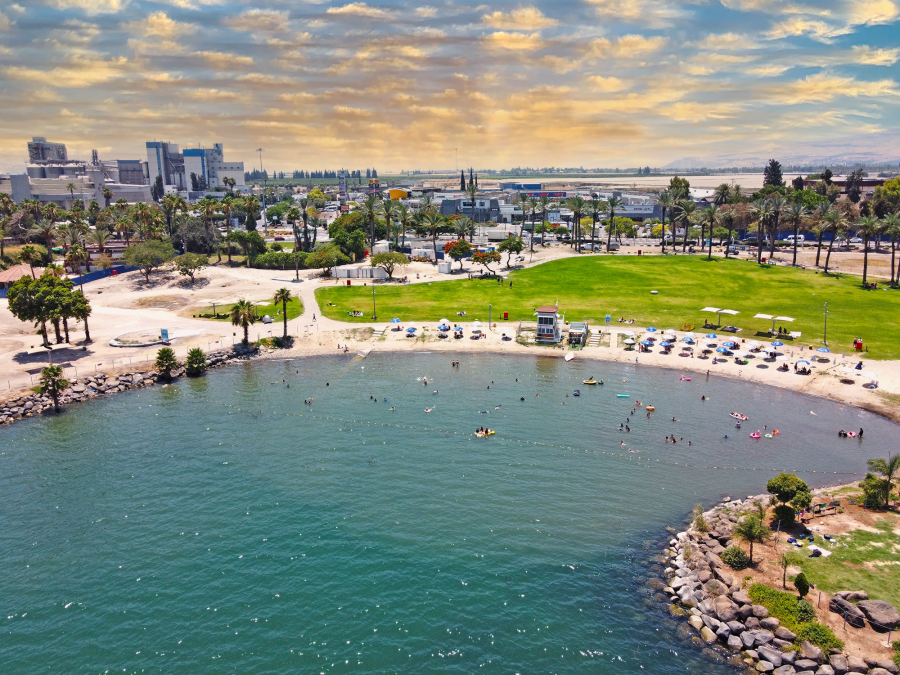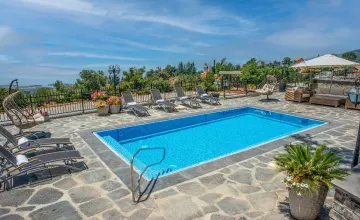Sea of Galilee – a picturesque lake, Israel’s largest fresh water lake
Golan Heights travel guideLocated east of Lower Galilee and west of the Golan Heights, the Sea of Galilee is a picturesque lake. Israel’s largest fresh water lake, the Sea of Galilee is the largest source of water for drinking and irrigation in Israel (about 25% of its water consumption is derived from it).
There are dozens of regulated bathing beaches along the shores of the Sea of Galilee, which is fed by the Jordan River and other streams.
Despite the relevant law, few beaches are open to the public free of charge, and some offer challenging activities like boating, jet skiing, and water skiing.
As part of the Christian faith, Jesus performed various miracles at the Sea of Galilee, such as walking on water and multiplying five loaves of bread and two fish for thousands of believers.
In addition, the Sea of Galilee is a popular tourist destination for Christian pilgrims because the Jordan River exits the Sea of Galilee there where Jesus was baptized.
Itineraries
Jesus Trail Expanded encyclopedic entry on Wikipedia A 65-kilometer road in the Lower Galilee and in the Land of Kinneret. The path starts in Nazareth and ends in Capernaum and passes through the holy sites of Christianity. editing
Kinneret Circular Trail – a trail initiated by the Society for the Protection of Nature, which allows an orderly and free walk around Lake Kinneret. The trail is marked with white-purple-white trail markings. As of 2010, approximately 30 kilometers of trails have been prepared around the lake, the total circumference of which reaches approximately 60 kilometers.
Annual events and festivals
Below are the most prominent annual events in the Kinneret region:
Kinneret swimming event – Every year, in the autumn season, a popular swimming event called Sea of Galilee takes place in Kinneret. The name Sachiha is a little misleading, since it is a 1.5, 6, and 3.5 km long swim (up to 4.2 km, depending on the level) and not the crossing of the lake in its entirety. The Sea of Galilee is the largest popular swimming event in Israel.
Kinneret Marathon – Once a year in January the Kinneret Marathon takes place. Its route from Tiberias to near Kibbutz Ein Gav and back.
Once a year there is also a circumnavigation of the Sea of Galilee by bicycle.







